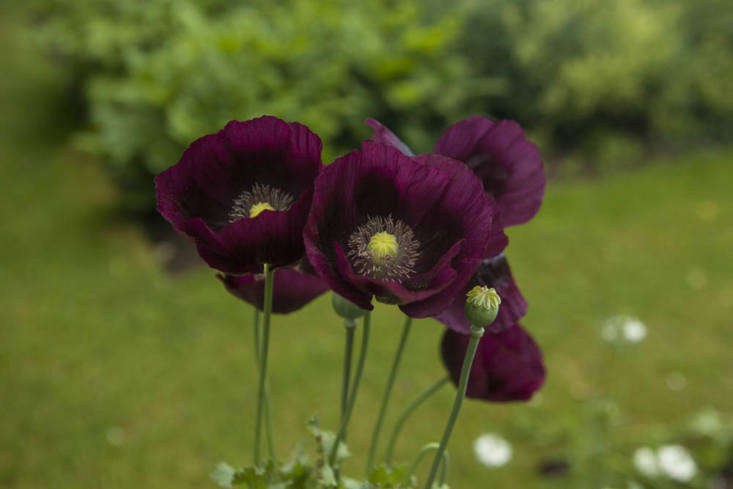Raise your hand if you either once thought or currently think that annuals are plants that bloom every year. (Go ahead, there’s no shame or judgment here.) Makes sense that you would assume that, as the definition of “annual” is literally “yearly.” But, of course, annuals do not come back year after year. The plants that do are called perennials. That must mean then that annuals are the plants that can live for just a year, right? Not quite. Read on.
N.B.: Featured photograph of cosmos by Jim Powell for Gardenista, from In the Garden with Philippa: Brit Style with a Black Backdrop.
What are “annual” plants?

It’s accurate to say that annuals are flowering plants that die shortly after blooming and need to be replanted every spring. But guess what? The vast majority of annuals sold in stores and nurseries aren’t true annuals. True annual plants have a life cycle of one year—germinating from seed, blooming, producing seed, and dying all in a single growing season.
Some examples of true annuals are cosmos, marigolds, and sunflowers. Many of the annuals sold at stores, though—think snapdragons, pansies, petunias, begonias, geraniums, and impatiens—are actually tender perennials, frost-sensitive plants that are native to warmer climates, where they come back year after year. But because they’re being grown in less than temperate regions, they act (and are treated like) annuals. (For more on a third type of flowering plant, see The Garden Decoder: What Are ‘Biennials’?)
What about “hardy annuals”?

Annuals are sometimes further classified as “hardy,” “half-hardy,” and “tender” (not to be confused with tender perennials). These terms simply refer to an annual’s tolerance to frost. Hardy annuals can tolerate cold weather and soil; this means they can be planted in early spring and, if left to winter in the garden, may self-seed. Half-hardy annuals can be planted after the last frost. And tender annuals should be planted only once the soil warms up.
Why grow annuals?

The downside of annuals is that you have to replant them every spring. That’s a major downside. Why bother planting annuals at all? Well, unlike perennials, which may bloom (at most) for just a few weeks, annuals can bloom all summer long, especially if you deadhead the flowers. Annuals also tend to have more vibrant colors. And last, they tend to be less expensive than perennials.
Be sure to visit our field guide to annuals and read Landscaping 101: How to Deadhead Flowers. And for more Garden Decoders, see:
- The Garden Decoder: What Do ‘Low Light’ Conditions Really Mean for Houseplants?
- The Garden Decoder: What Is ‘Square Foot Gardening’?
- The Garden Decoder: What Does It Mean to ‘Naturalize’ Bulbs?









Have a Question or Comment About This Post?
Join the conversation